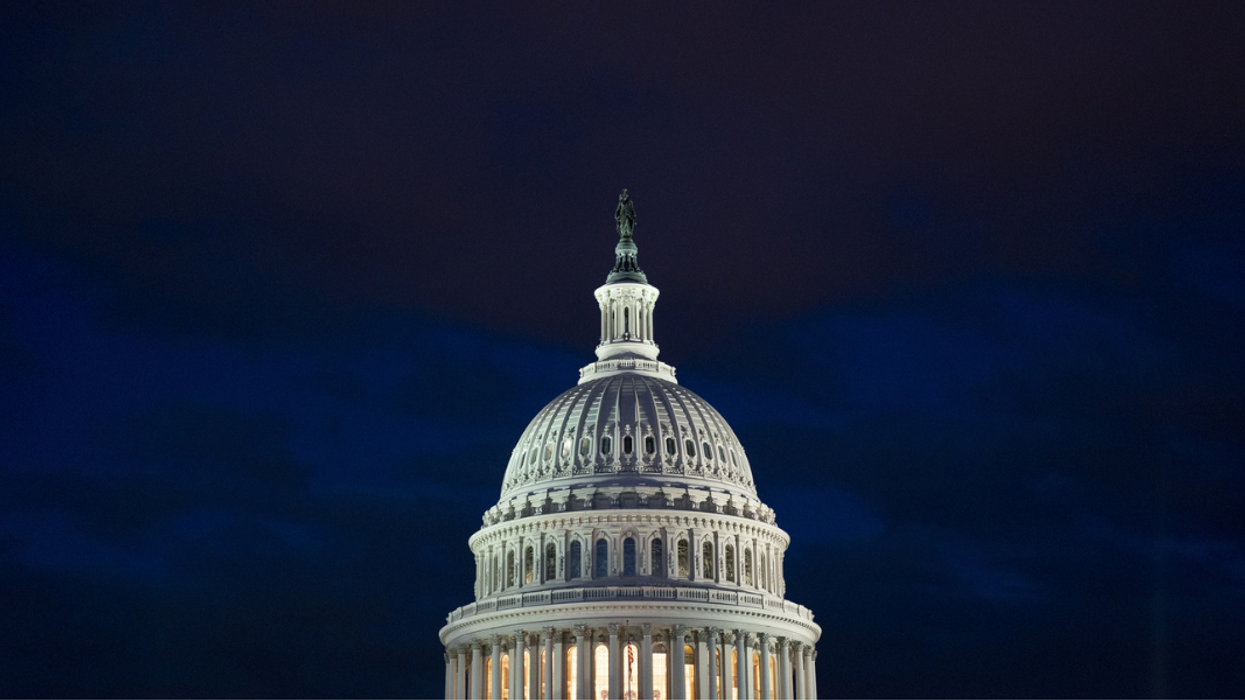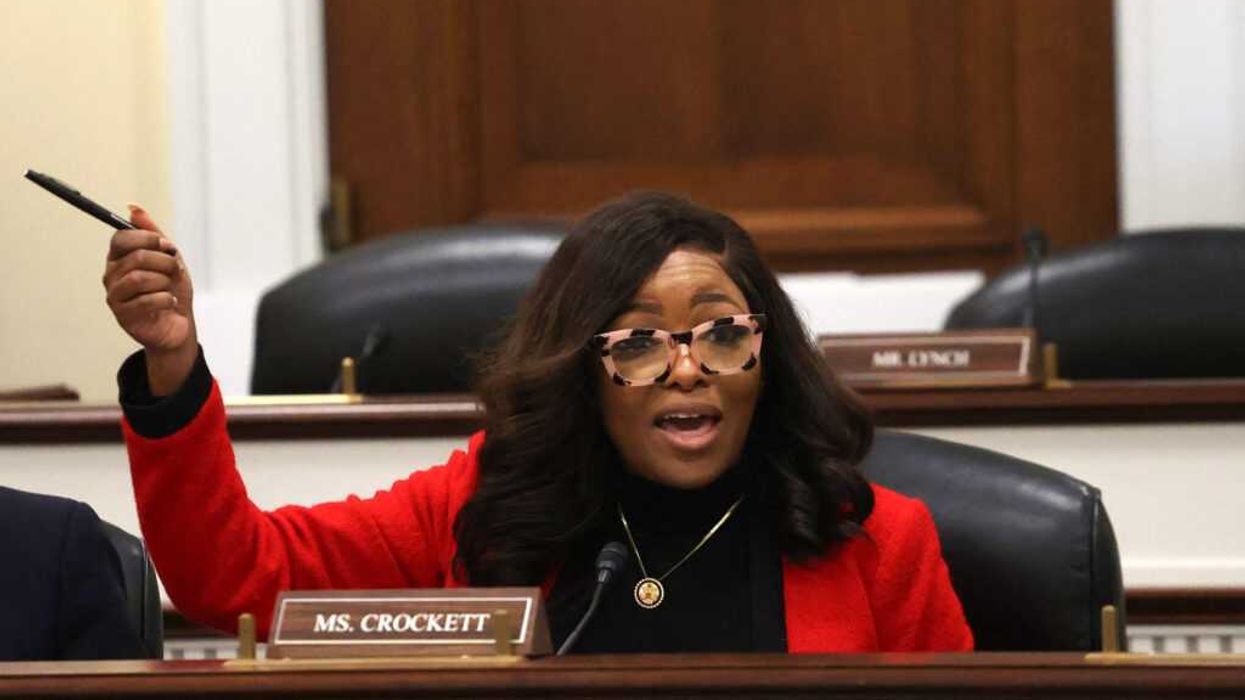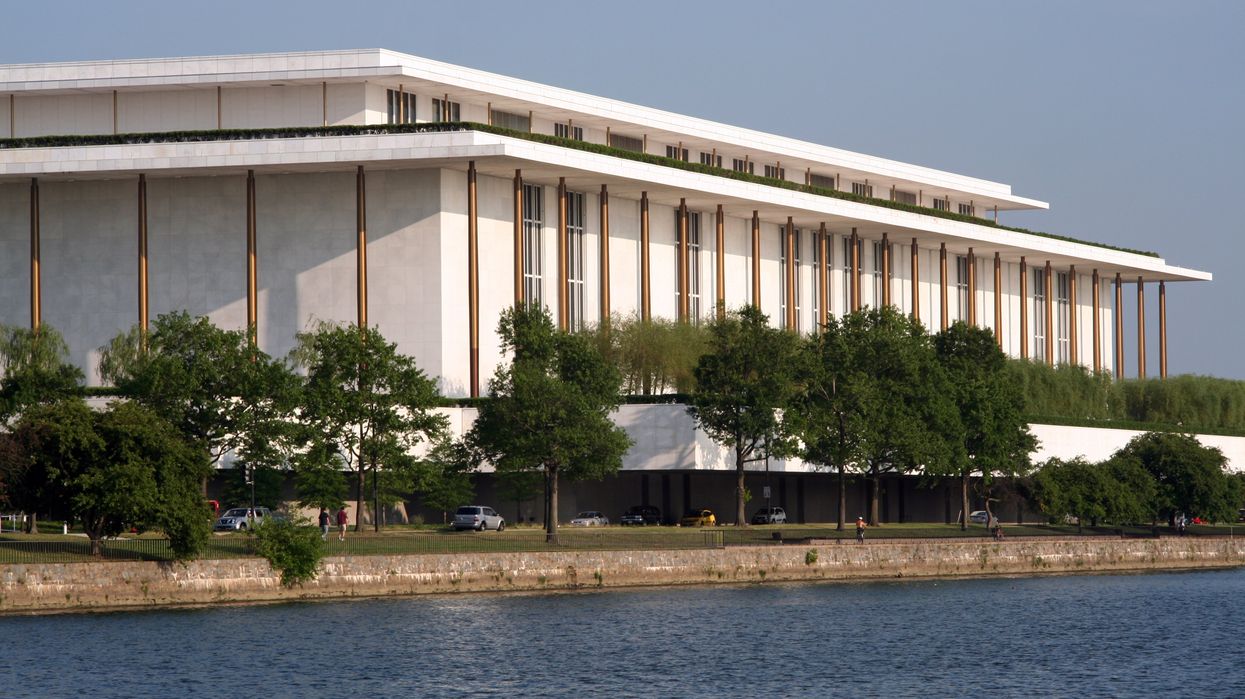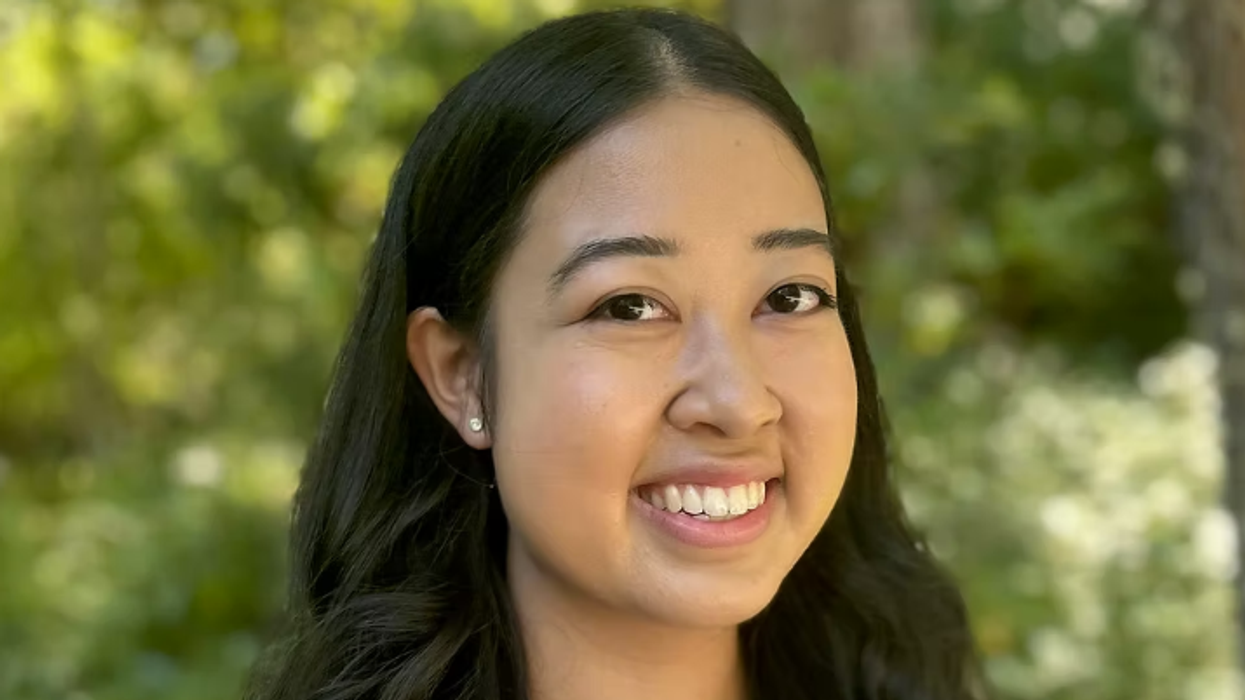In today’s polarized climate, working across our differences to solve tough problems can sometimes feel hopeless. To address this problem and to offer citizens a way to become involved, The Listen First Project has created “The Bridge-Building Innovation Showcase.” As the title implies, this innovation program selected five teams of Americans from across the country to work across differences to tackle significant problems in their own communities.
The projects these citizens addressed differed depending on the assessment by each group as to what problems they could effectively focus on in their community. The teams in each community felt so strongly about the importance of bridging divides in service to their communities that they completed the work in time allocated outside of their day jobs.
Today, we feature the problem identified in these five communities plus the action taken and the secret sauce that each group found to turn ideas into action.
Tillmook, Oregon
- Problem Identified: The need for financial education and empowerment.
- Action Taken: As part of UR Action's Uniting for Action on the Oregon Economy, we worked with Financial Beginnings Oregon to develop a plan to train volunteers and offer financial literacy classes through community partners and area schools.
- Secret Sauce: They humanized the topic of financial literacy by showcasing local heroes' journeys from financial frustration to financial freedom.
- Video presentation by the team
Lexington, Kentucky
- Problem Identified: The need for a network of people engaged in creating community resilience in the face of climate change.
- Action Taken: Recognizing that conversation is a powerful tool to effect change but that conversations about climate change can be intimidating, they facilitated conversations between community members in ways that generate genuine connections between people.
- Secret Sauce: They managed a yard sign library full of positive messaging to stir conversation!
- Video presentation by the team
Muskegon County, Michigan
- Problem Identified: A lack of housing and safe places for youth to gather.
- Action Taken: Upgraded a city park, revitalized a high school field, created a community center, and helped youth learn how to build houses.
- Secret Sauce: They engage the rest of our community to ensure our actions align with their vision of bettering our surroundings.
- Video presentation by the team
Franklin County, Pennsylvania
- Problem Identified: Targeted violence can occur when we lose sight of each other’s humanity. Our current political division increases tribal ways of viewing each other.
- Action Taken: Through UR Action’s Uniting to Prevent Targeted Violence in South-Central PA, we’re working to expand Franklin County residents’ awareness of resources currently available to meet basic life needs.
- Secret Sauce: They realized they all had a desire to address violence by collaborating with people with different perspectives, and that starts with active listening.
- Video presentation by the team
Emporia, Kansas
- Problem Identified: The Hispanic community is experiencing poor health outcomes due to unequal access to health information and services.
- Action Taken: As part of UR Action's Uniting for Action on the Oregon Economy, we worked with Financial Beginnings Oregon to develop a plan to train volunteers and offer financial literacy classes through community partners and area schools.
- Secret Sauce: They humanized the topic of financial literacy by showcasing local heroes' journeys from financial frustration to financial freedom.
- Video presentation by the team
Louisiana
- Problem Identified: Incarcerated Louisianans suffering from unconstitutional, non-unanimous convictions without a judicial remedy.
- Action Taken: They formed the Unanimous Jury Coalition and succeeded in mobilizing Louisiana voters to abolish a Jim Crow era law in LA that allowed non-unanimous convictions.
- Secret Sauce: The built out the largest ballot initiative campaign in Louisiana's history with some of the most conservative Republicans and most liberal activists leading the movement, together speaking to values that resonated with people across the state.
- Video presentation by the team
Last month, the participants from the above groups came together for the 2023 Bridge-Building Innovation Showcase. The event featured the community member teams showcasing their efforts and offering citizens from across the country the opportunity to learn about these important initiatives and to engage in conversations as to future opportunities in their own communities.
The Bridge-Building Innovation Showcase proves there is a solution to the toxic polarization that is dividing us as a nation. The Listen First Coalition 500+ organizations are working daily to bring Americans together across divides to listen and understand each other, to find common ground, and to make bridge-building and collaboration the norm in America.




















